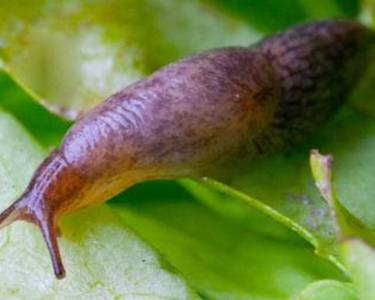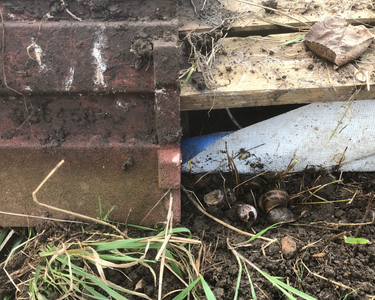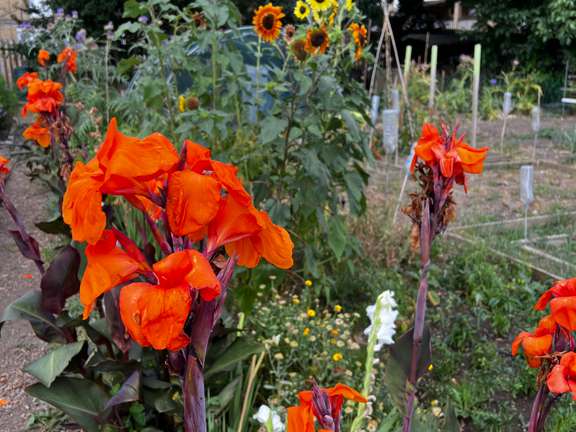Chris Collins on…slugs and snails

It's one of the most common questions I get asked as a gardener: “what do you do about the slugs and the snails”!
This year has been a bumper year for our slimy friends. The prolonged wet weather has been perfect for them and - although we may have been complaining about the cold - this has mostly been caused by the wind and not frosts. So they’ve had an easy time of it.
But I feel for them, to be honest, because most are harmless. In fact, leopard slugs (Limax maximus) and many of the slugs found in compost bins actually do the gardener a really big favour by recycling spent plant material.
Alas though, the ones that do the damage are often the only topic in town! So what can you do to protect your plants, without harming these beneficial creatures that make up such an important part of our gardens.
For me, it’s really a combination of efforts. There’s no one silver bullet and I aim to keep damage to a minimum rather than outright extermination, which is impossible anyway.

My go-to slug and snail checklist
The first rule is good hygiene. Just like gatherings of bored teenagers, slugs and snails like to congregate so avoid providing them with places to do this. Stacks of old unwashed pots, tarpaulin that is left in place for long periods, for example, are ideal for them.
My next tip is not planting out to early. When your plants are young and tender, they’re basically irresistible, so grow them on until they reach six to eight leaves in size. It’s at this stage the leaves produce lignin and become a bit too coarse for the slug palate.
Traps and barriers are a tried-and-tested method of control. Copper banding on pots tends to work well and gravel mulching will also hinder their progress.
But a well-balance garden is also key. I have a low-level war going on with the delightful keel slug - a subterranean slug that emerges in the wet conditions and is capable of doing real damage. Consider adding a pond to encourage frogs, as this will definitely make a difference to keel populations. The one my neighbour and I built on the allotment recently has really helped, and also encourages birdlife that are partial to a slug too.
If all that fails, drop back to the good old-fashioned method of hunting them out and picking them off with a pair of tongs. Being a big old softy these days, I take my collection of slugs and snails and walk them down to the canal bank for release back into nature. After all, they’ll be somebody’s dinner.
More from Chris Collins...
-

Chris Collins on… growing herbs
Chris shares his tips for growing herbs on a windowsill or in the garden, for fresh pickings all summer long.
-

Chris Collins on…summer bulbs
Don’t just plant spring bulbs, invest in some low-cost summer stunners to fill your borders and veg beds, says Chris Collins
-

Chris Collins on…wise watering
Our Head of Organic Horticulture, Chris Collins, shares his tips for watering more effectively this summer